Understanding Pediatric Cardiology and Its Significance
Pediatric cardiology is a specialized branch of medicine devoted to the diagnosis, treatment, and lifelong management of heart conditions in infants, children, and adolescents. With congenital heart defects being the most prevalent birth defects worldwide, and acquired heart diseases also impacting younger populations, the role of pediatric cardiologists has never been more critical. Early detection and personalized care strategies improve survival rates and quality of life, ensuring children can thrive despite heart challenges. This article unpacks the multifaceted responsibilities of these specialists, the conditions they manage, and the comprehensive care systems that support children’s heart health.
What is Pediatric Cardiology and Why is it Essential for Children's Health?
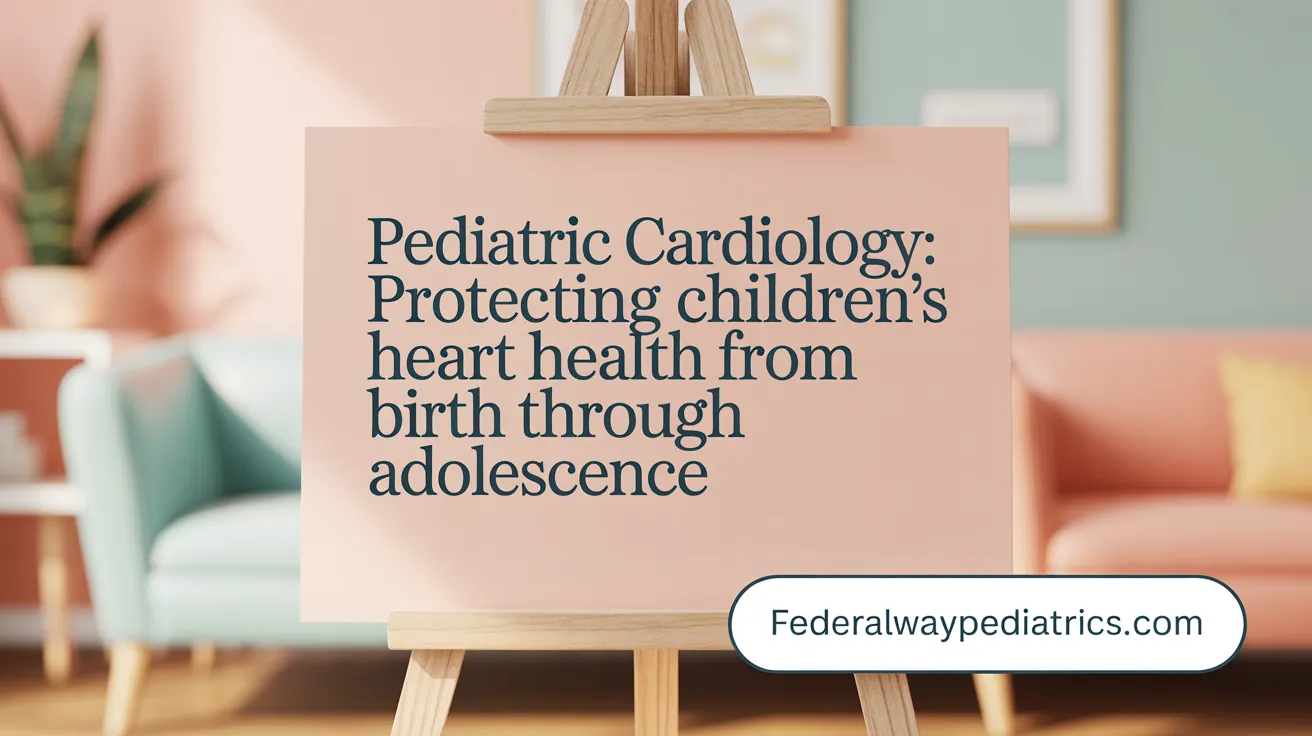
What is pediatric cardiology and why is it important in children's health management?
Pediatric cardiology is a specialized medical field focused on the diagnosis, treatment, and ongoing care of heart conditions in infants, children, and adolescents. It encompasses a wide range of cardiac issues, from congenital heart defects (CHD) present at birth to acquired heart diseases that develop later in childhood.
This field is vital because heart health directly impacts overall growth, development, and quality of life in children. Congenital heart defects, which are the most common birth defects affecting approximately 0.8% to 1% of live births, require precise diagnosis and management. Early detection often involves non-invasive imaging techniques like echocardiography and fetal ultrasound, allowing for timely interventions that can significantly improve outcomes.
Beyond congenital issues, pediatric cardiologists also treat acquired conditions such as myocarditis, arrhythmias, and Kawasaki disease. Their work is supported by advanced diagnostic tools, including ECG, MRI, and cardiac catheterization, which help tailor personalized treatment plans. These plans may involve medications, minimally invasive procedures, or surgeries, often requiring coordination among a team of health professionals.
Early intervention is essential as it can prevent serious complications like heart failure, abnormal rhythms, and pulmonary hypertension. Regular monitoring and timely treatment enable children with heart conditions to lead healthier, more active lives, highlighting the importance of pediatric cardiology in safeguarding lifelong heart health in children.
Early Detection: The Cornerstone of Effective Pediatric Cardiac Care
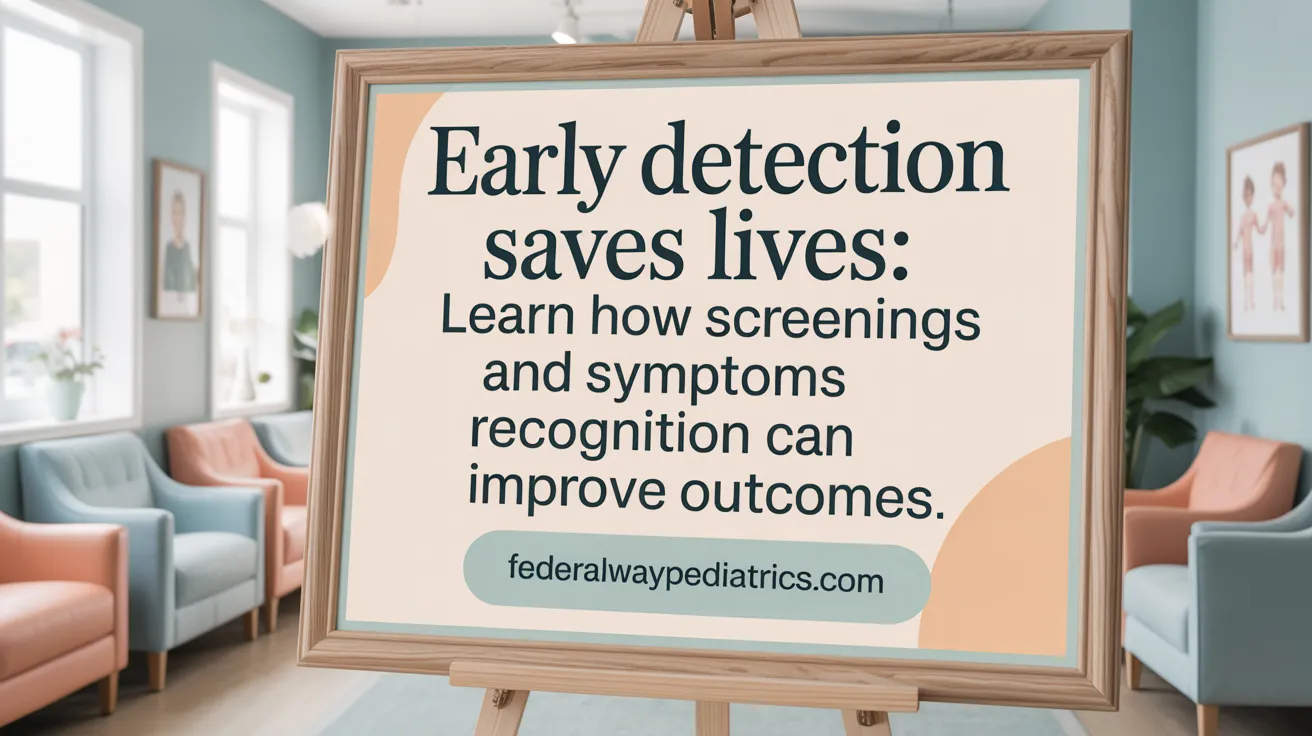
Why is early detection and diagnosis critical in managing childhood heart conditions?
Early detection and diagnosis are vital because they unlock the potential for timely interventions that can significantly alter a child's health trajectory. Recognizing symptoms such as cyanosis (bluish skin), rapid breathing, poor feeding, or fatigue allows healthcare providers to employ advanced diagnostic tools like echocardiography or MRI early on. Such assessments can identify congenital defects or acquired heart conditions before they escalate into emergencies. Screening methods like pulse oximetry in newborns have been proven to dramatically reduce infant mortality related to critical congenital heart defects by enabling immediate treatment. Initiating interventions early can include less invasive procedures, medications, or surgical repairs that improve survival rates, promote healthy development, and enhance quality of life. Early diagnosis also allows for ongoing management and psychological support, ensuring children live active, healthier lives (source).
Why are early screenings and recognizing signs of heart issues important in children?
Screening children early for heart problems helps catch conditions like congenital heart defects, arrhythmias, or hypertension at a stage when treatment is most effective. Routine procedures, including pulse oximetry, physical examinations, and echocardiograms, can uncover hidden issues in seemingly healthy newborns and children. Identifying symptoms such as difficulty breathing, fainting spells, or a bluish tint to the skin prompts further evaluation, preventing delay in critical care. Early recognition facilitates treatments that might involve medication, lifestyle adjustments, or minimally invasive surgeries, which are more successful when performed promptly. Moreover, early detection improves long-term outcomes, preventing progression to heart failure, organ damage, or other complications. Ultimately, these strategies save lives, reduce healthcare costs, and give children a better chance at thriving physically, emotionally, and socially (source).
Roles and Responsibilities of Pediatric Cardiologists
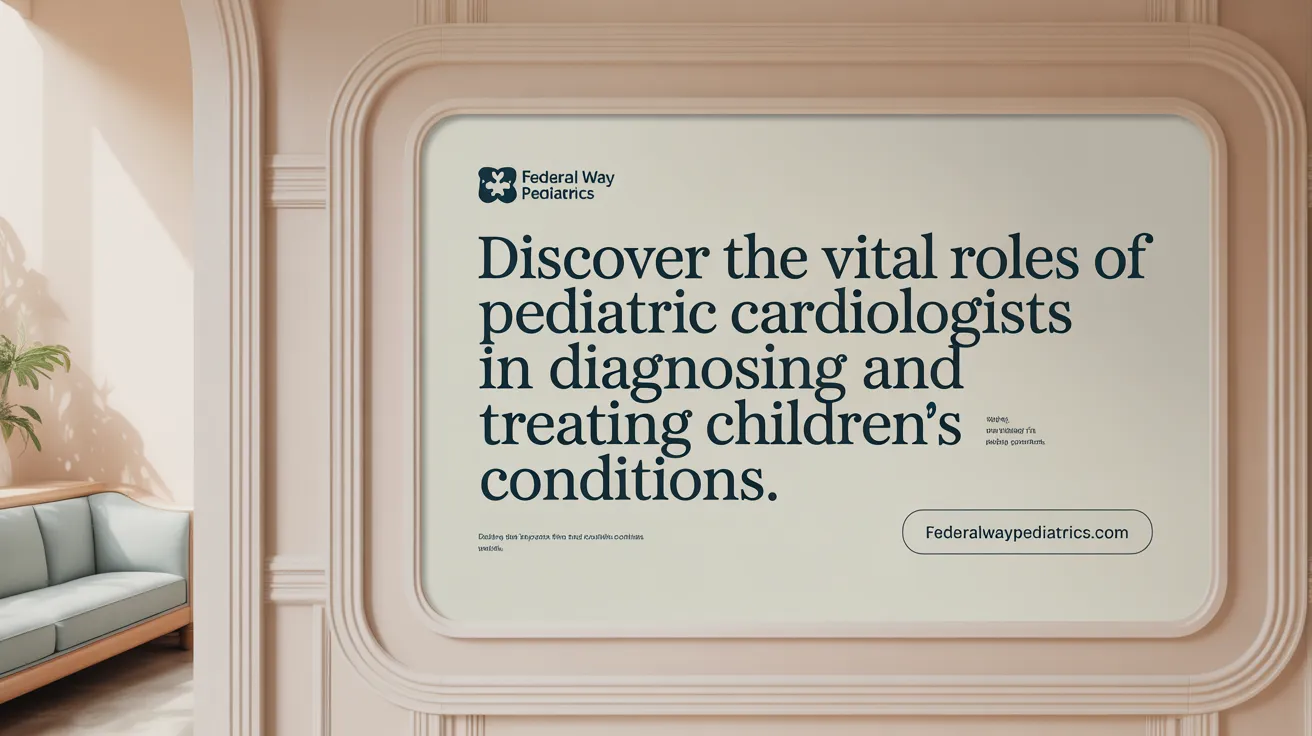
What are the main roles and responsibilities of pediatric cardiologists?
Pediatric cardiologists are specialized physicians dedicated to diagnosing, treating, and monitoring heart diseases in infants, children, and teenagers. Their work encompasses a broad range of heart conditions, including congenital defects like atrial septal defect, as well as acquired diseases such as myocarditis, arrhythmias, and hypertension.
They utilize advanced diagnostic procedures, such as echocardiograms, MRI scans, and cardiac catheterization, to assess the heart's structure and function. A critical part of their role involves explaining complex diagnoses and treatment options to families, ensuring they understand their child's condition.
These specialists develop personalized treatment plans which may include medications, minimally invasive procedures, or surgeries. They also work closely with surgeons, radiologists, and other healthcare professionals, ensuring comprehensive care for the child. Many pediatric cardiologists are involved in managing cases related to fetal diagnosis, heart transplants, and complex congenital or genetic heart disorders.
Their responsibilities extend beyond diagnosis and treatment to encompass patient-centered care, where they prioritize the unique needs of children and their families. When possible, they employ less invasive techniques to reduce recovery times and improve outcomes, such as balloon angioplasty or device closures.
Furthermore, pediatric cardiologists are active in research and training, contributing to the advancement of child cardiac care and ensuring the latest techniques and knowledge are applied in their practice.
What is the role of pediatric cardiologists in the ongoing care, monitoring, and health supervision of children with heart conditions?
Pediatric cardiologists are vital for the long-term management of children with heart conditions, providing continuous supervision from initial diagnosis through adulthood. They perform regular follow-ups, including advanced imaging and clinical assessments, to monitor disease progression or stability.
Their role involves guiding families on activity restrictions, medication management, and lifestyle adjustments to prevent complications. They coordinate with multidisciplinary teams, which may include nurses, nutritionists, and geneticists, to tailor ongoing care that supports optimal growth, development, and well-being.
In addition to outpatient care, they are prepared to intervene with minimally invasive procedures like balloon angioplasty or device implantations to address evolving issues promptly. This proactive approach helps prevent severe complications such as heart failure or arrhythmias.
Pediatric cardiologists also play a key role in patient education, empowering families with knowledge about their child's condition and future health management. Their ongoing care ensures that as children grow, their heart health is continually monitored and maintained, facilitating a smoother transition into adult care and supporting lifelong heart health.
Common Heart Conditions in Children: Congenital and Acquired
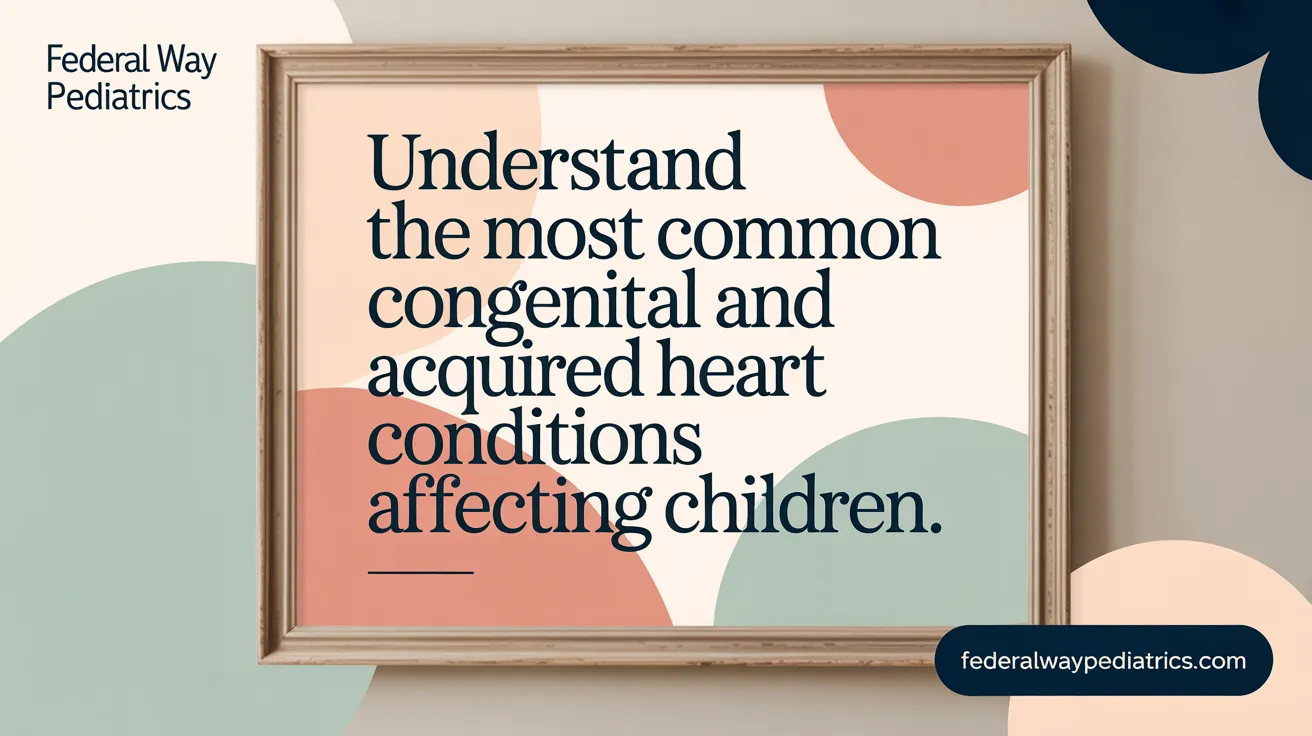
What are the common congenital and acquired heart conditions affecting children?
Congenital heart conditions are structural problems present at birth that affect how blood flows through the heart. These include a variety of defects such as septal defects, valve abnormalities, and complex malformations like Tetralogy of Fallot, hypoplastic left heart syndrome, and transposition of the great arteries. Congenital defects are often diagnosed within the first days or months of life, especially if symptoms like cyanosis (a bluish tint to skin and lips), rapid breathing, poor feeding, or poor weight gain are present. In older children, symptoms may become evident as exercise intolerance, fatigue, or abnormal heart rhythms.
Acquired heart conditions develop after birth and can be caused by infections, autoimmune responses, or other health issues. These include Kawasaki disease, which causes inflammation of blood vessels, myocarditis (inflammation of heart muscle), rheumatic heart disease, cardiomyopathies, and endocarditis. These conditions can present with symptoms like fever, unexplained fatigue, chest pain, or irregular heartbeats.
Diagnostic methods and importance of differential diagnosis
Diagnosing these conditions involves thorough physical examination, listening for abnormal heart sounds such as murmurs, and diagnostic tests like echocardiography, electrocardiograms (ECG), chest X-ray, MRI, and laboratory tests. Accurate diagnosis is crucial to differentiate between congenital and acquired causes, as treatments vary significantly.
Monitoring and managing these heart conditions require lifelong care. Some minor defects may close spontaneously and only need regular observation, while complex cases might necessitate surgery or advanced therapies. Early detection and appropriate intervention greatly improve outcomes, allowing most children to lead healthy, active lives into adulthood.
Diagnostic Techniques and Treatments in Pediatric Cardiology
In pediatric cardiology, a wide range of advanced diagnostic tools in pediatric cardiology and treatment options for congenital heart defects are employed to diagnose and manage heart conditions in children. Diagnostic tools include echocardiography, which uses ultrasound to visualize heart structures and blood flow; electrocardiograms (ECG) for heart defects to assess electrical activity; Holter monitors for pediatric patients for ongoing rhythm assessment; and exercise stress testing to evaluate children's heart function during physical exertion.
Additional imaging options such as cardiac MRI and CT scans in pediatric cardiology provide detailed, three-dimensional views of the heart and blood vessels, essential for complex cases. Chest X-rays in heart defect diagnosis can reveal heart size and lung involvement, while cardiac catheterization allows direct measurement of blood pressure within the heart chambers and the possibility of performing interventional procedures during the same session.
Treatment strategies depend on the specific diagnosis and severity. Medical management may include medications like diuretics and digoxin use, or anti-arrhythmics. When interventions are needed, minimally invasive techniques such as balloon angioplasty, stent placements, or device closures of heart defects are preferred due to their reduced recovery times and improved outcomes.
In addition to catheter-based procedures, some children require surgical operations, including open-heart surgeries and, in select cases, heart transplants for children. Recent technological advancements enable detailed preoperative planning through high-resolution imaging and 3D modeling, which helps surgeons strategize complex repairs.
Lifelong follow-up is a cornerstone of pediatric cardiac care, as many heart conditions require ongoing management to prevent complications like arrhythmias, heart failure, or structural deterioration. These monitoring programs ensure timely intervention and support healthy growth and development for children with heart disease.
For further insights, a search using the phrase "diagnostic and treatment options in pediatric cardiology" provides additional detailed resources on these specialized techniques.
Pediatric Cardiology Centers: Comprehensive Care and Innovation
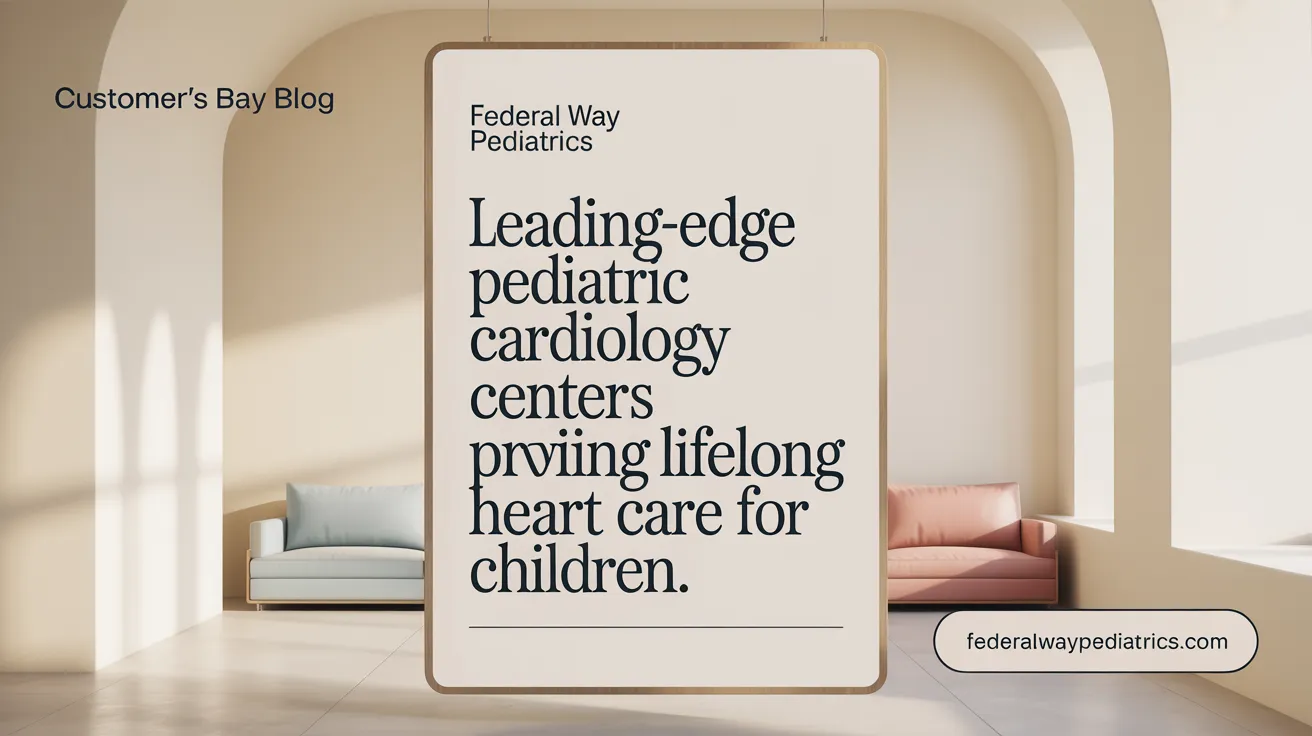 Pediatric cardiology centers worldwide provide a broad spectrum of services aimed at early diagnosis, treatment, and lifelong management of children's heart conditions. These centers are equipped with advanced diagnostic facilities such as echocardiography, MRI, CT scans, and fetal echocardiography, which are crucial for detecting congenital and acquired heart diseases early, sometimes even before birth.
Pediatric cardiology centers worldwide provide a broad spectrum of services aimed at early diagnosis, treatment, and lifelong management of children's heart conditions. These centers are equipped with advanced diagnostic facilities such as echocardiography, MRI, CT scans, and fetal echocardiography, which are crucial for detecting congenital and acquired heart diseases early, sometimes even before birth.
Programs often include specialized clinics for complex cases like single ventricle physiology, heart failure, arrhythmias, and connective tissue disorders. They utilize minimally invasive techniques such as cardiac catheterization and electrophysiology ablations to treat various conditions, reducing the need for open-heart surgery whenever possible.
In addition to technical procedures, a hallmark of pediatric cardiology centers is their multidisciplinary team approach. This team comprises pediatric cardiologists, cardiothoracic surgeons, nurses, genetic counselors, psychologists, and rehabilitative specialists, all working collaboratively to deliver comprehensive care. Family-centered services focus on education, emotional support, and counseling to help families navigate the complexities of lifelong heart management.
Many centers also innovate through dedicated research initiatives, pioneering treatments such as regenerative therapies and advanced transplant procedures. Support services extend to genetic testing, lifestyle management, and academic accommodations, addressing the broad needs of children with heart disease.
Efforts to expand access and reduce disparities are also central to pediatric cardiology, with telemedicine, outreach programs, and community-based clinics designed to reach underserved populations. These advances ensure that children worldwide have access to cutting-edge care and that ongoing research continually improves outcomes, shaping the future landscape of child heart health.
The Lifelong Impact of Pediatric Cardiologists on Children's Heart Health
Pediatric cardiologists are indispensable in safeguarding the heart health of children from the earliest stages of life through adolescence and beyond. Their expertise not only addresses immediate medical needs through precise diagnosis, innovative treatments, and surgeries but also ensures continuous care tailored to evolving conditions. With congenital heart defects being common yet manageable with timely intervention, these specialists bridge gaps between medical complexity and family-centered support. The integration of cutting-edge technology and ongoing research promises further advancements, offering hope and improved quality of life for countless young patients. Ultimately, pediatric cardiologists serve as vital guardians of young hearts, shaping healthier futures for generations to come.
